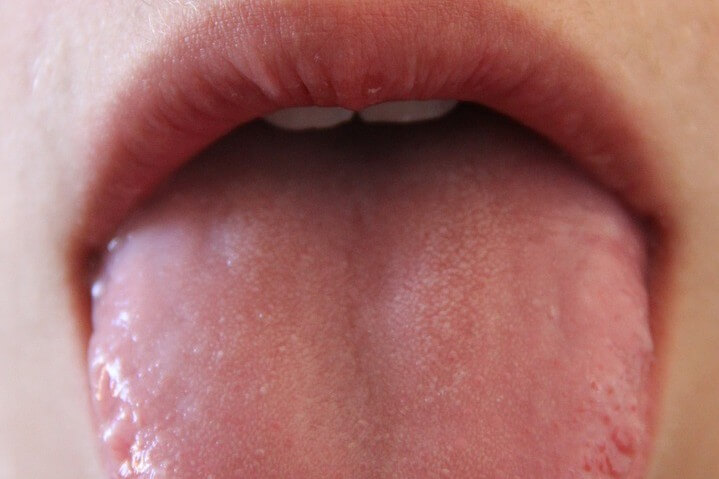Researchers have developed a computer algorithm that can predict various diseases with 98% accuracy by analyzing the color of a person’s tongue. This innovative approach combines ancient Chinese medical practices with cutting-edge artificial intelligence technology.
From Ancient Wisdom to Modern Technology
For thousands of years, traditional Chinese medicine has used tongue examination as a diagnostic tool. Now, researchers from Middle Technical University (MTU) and the University of South Australia (UniSA) have brought this practice into the 21st century. Their new imaging system uses machine learning algorithms to detect tongue color and link it to specific health conditions.
Adjunct Associate Professor Ali Al-Naji, the senior author of the study published in Technologies, explains: “The color, shape and thickness of the tongue can reveal a litany of health conditions.” He adds that different diseases often manifest in distinct tongue characteristics. For example, “Typically, people with diabetes have a yellow tongue; cancer patients a purple tongue with a thick greasy coating; and acute stroke patients present with an unusually shaped red tongue.”
The research team trained their AI model using 5,260 images and tested it on 60 tongue images from patients with various health conditions. The results were impressive, with the system accurately matching tongue color to diseases in almost all cases.
A Smartphone in Your Doctor’s Bag
The current system uses cameras placed 20 centimeters from a patient to capture tongue color and predict health conditions in real-time. However, the researchers envision a future where this technology could be integrated into smartphones, making disease screening more accessible and affordable.
UniSA Professor Javaan Chahl, a co-author of the study, emphasizes the potential of this approach: “These results confirm that computerized tongue analysis is a secure, efficient, user-friendly and affordable method for disease screening that backs up modern methods with a centuries-old practice.”
The system has shown promise in diagnosing a wide range of conditions, including diabetes, stroke, anemia, asthma, liver and gallbladder issues, COVID-19, and various vascular and gastrointestinal problems. This breadth of application suggests that tongue color analysis could become a valuable tool in primary care and emergency settings.
Why it matters: This research represents a significant step forward in non-invasive diagnostic techniques. By combining traditional medical knowledge with modern technology, it offers the potential for quick, accurate, and accessible health screenings. This could lead to earlier detection of diseases, improved patient outcomes, and reduced healthcare costs.
As with any new diagnostic tool, questions remain about its reliability across different populations and its integration into existing healthcare systems. Future research will likely focus on expanding the dataset to include a more diverse range of patients and conditions, as well as refining the AI algorithms to improve accuracy further.
The development of this technology also raises interesting questions about the intersection of traditional and modern medicine. It demonstrates how ancient practices can inform and enhance contemporary medical approaches, potentially leading to more holistic and culturally inclusive healthcare systems.
As this technology continues to evolve, it could revolutionize how we approach disease screening and diagnosis, making healthcare more accessible and efficient for people around the world.
If our reporting has informed or inspired you, please consider making a donation. Every contribution, no matter the size, empowers us to continue delivering accurate, engaging, and trustworthy science and medical news. Independent journalism requires time, effort, and resources—your support ensures we can keep uncovering the stories that matter most to you.
Join us in making knowledge accessible and impactful. Thank you for standing with us!

